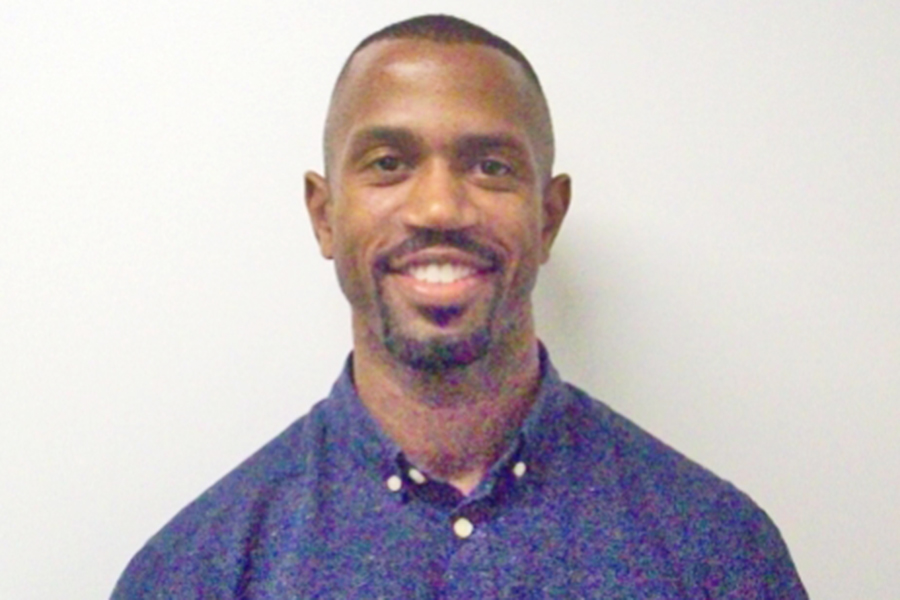Dr. Marcus Sandling wants to save lives.
As a young African-American physician with a specialty in infectious disease and working at Mazzoni Center, Sandling has a unique perspective on the health of minority men. Whether it’s helping older black men stop smoking and undergo a colonoscopy or young men get tested for HIV (and stop smoking), Sandling said establishing trust is essential.
The specter of the Public Health Service’s 1932 Tuskeegee syphilis experiment — a sordid part of U.S. history involving black men being used as subjects of grisly experiments perpetrated by the government and by doctors — still lingers.
As Sandling explained, establishing trust with patients is always the first step — and often the hardest.
“I have patients who are 60 and have never seen an African-American doctor,” he said, adding, “When I am recommending things, I can hear that under-the-breath question: ‘They aren’t experimenting on me with this, are they?’”
In an interview with PGN, Sandling explained that educating the community — whether specifically black men who have sex with other men, minority men or gay and bisexual men in general — is the first step toward disease prevention, which in turn is the first step toward a cure.
Sandling believes we could stop HIV if men followed just a few specific and relatively simple steps.
According to the CDC, at the end of 2016, an estimated 1.1-million people aged 13 and older had HIV infection in the USA, including an estimated 162,500 (14 percent) whose infections had not been diagnosed.
The numbers for minority men are alarming. African Americans account for 44 percent of all HIV diagnoses, even though they comprise only 12.1 percent of the U.S. population. More than half (58 percent) of those diagnosed with HIV were gay or bisexual men, and 39 percent of those were aged 25-34.
Latinos represent 18 percent of the U.S. population, but account for about one-fifth (22 percent, or 254,600 people, in 2016) of the estimated 1.1-million people with diagnosed and undiagnosed HIV in the United States — and a quarter (25 percent) of all people with HIV diagnosed in 2016.
In Philadelphia, which is majority black and people of color, those statistics translate into one of the highest rates of new transmissions in the country: five times the national rate. In April, newly released CDC statistics linked part of that rise to the opioid crisis.
Sandling noted that HIV rates are high in all urban areas and Philadelphia fits that profile. But he added that while we assume everyone knows about HIV/AIDS in 2019, the facts say otherwise.
Lack of education on the basic facts of HIV transmission is leading to more cases, which could ultimately mean more deaths and definitely leads to higher transmission rates. He explained that since people tend to choose their romantic and sexual partners from their own group, people are more likely to transmit HIV within those groups.
“We have to teach people about sexual health,” Sandling said. “They don’t understand that they are at risk. People are getting HIV with their very first sexual experience because they just don’t know how not to.”
Sandling added that the cultural and social norms with which people are raised can account for a resistance to accessing that education if it’s not readily available in schools and elsewhere in communities.
Of African-American men, he said: “Layer in all the issues: masculinity, stigma for sexual minorities and the kind of strains African-American social conservatism places on gay and bisexual men — these are all factors. What it means to be an African-American man, what it means to be an African-American man who is gay — that is all part of what men have to deal with when they address their sexual health.”
This is where Sandling thinks the right level of education can end HIV.
“Roll back the layers of shame and stigma,” he said. “That’s why I try to have conversations on sexual health that are matter-of-fact and start with explaining what HIV is, what the risks are, how HIV is spread, what it does. There are large swathes of people who are doing risky behaviors, but don’t know that they are risky. That’s how you get high rates of unintended pregnancies, chlamydia, gonorrhea.”
And HIV.
“If we could get everyone on the planet to change their behavior, we could stop HIV transmission today. End it. Even in a small area of the country, we could theoretically stop HIV.
“Young people especially are not wearing condoms,” Sandling added.
His plan is for partners to “go and get tested together in the beginning of the relationship. Then for the first six months to a year, wear a condom.” After that point, partners often know where the relationship stands and can make sexual-health decisions.
Too many people think there is a cure for HIV/AIDS and that if they get it, they can cure it, Sandling said. “The perverse structure of the American healthcare system is that we push drugs versus education.”
The doctor wants people to focus on prevention.
“I would say the best thing that any patient can do is become more informed about the health issues that are out there. Lack of understanding of their risk, as well as behaviors that can lead to HIV, is what leads to these new transmissions.”
Sandling said he also wants men to become more aware of their sexual health and become more comfortable with their sexuality.
And he wants men to save their lives.
For more information:
https://www.cdc.gov/std/default.htm
https://www.cdc.gov/std/products/infographics.htm
https://www.plannedparenthood.org/learn/stds-hiv-safer-sex
https://www.teensource.org/std
http://www.ashasexualhealth.org/stdsstis/
